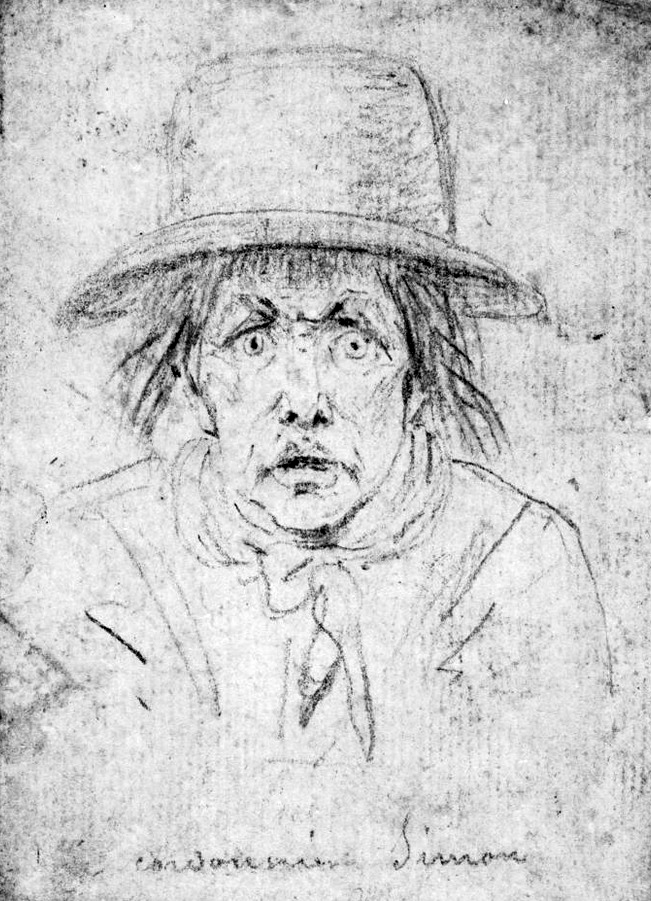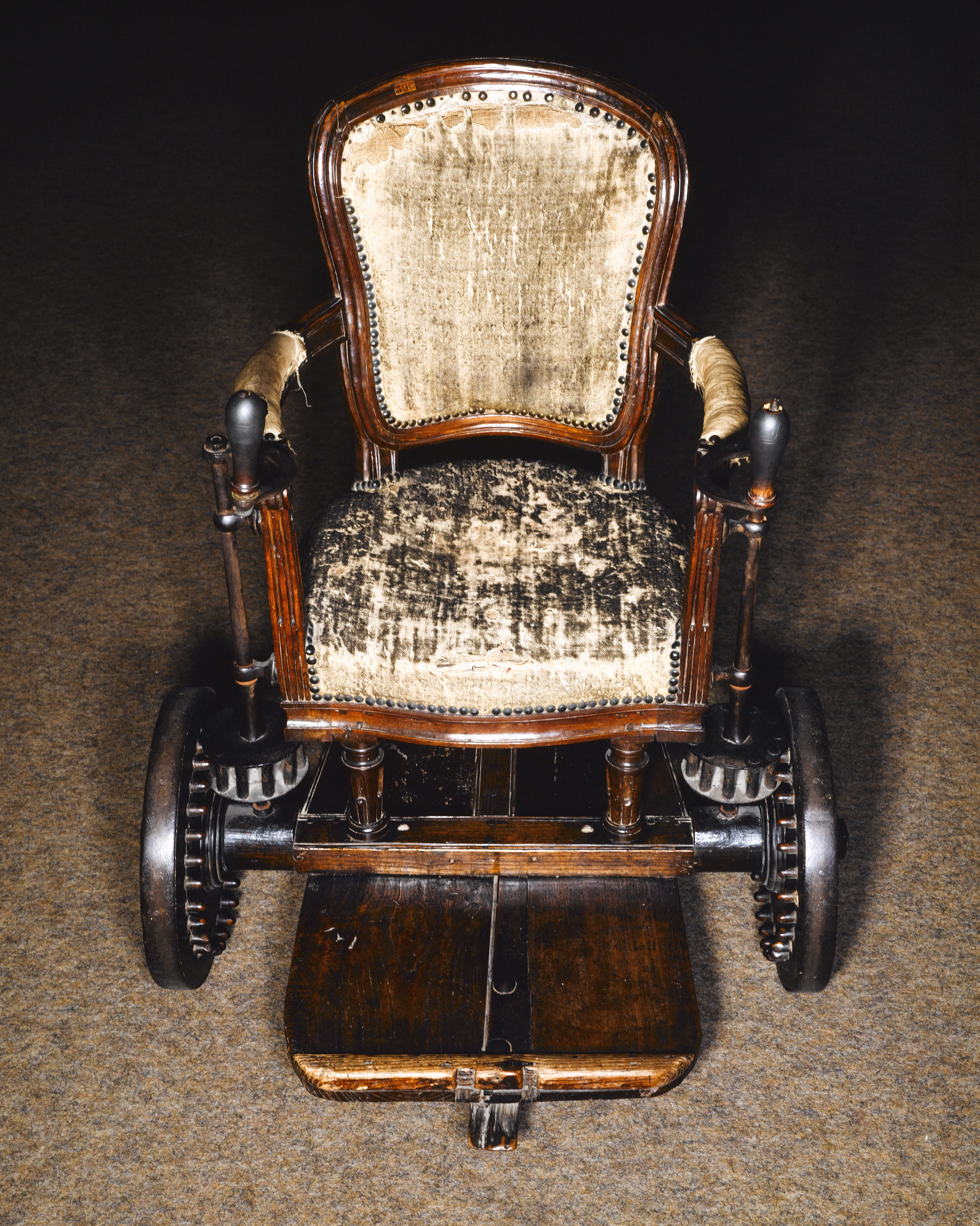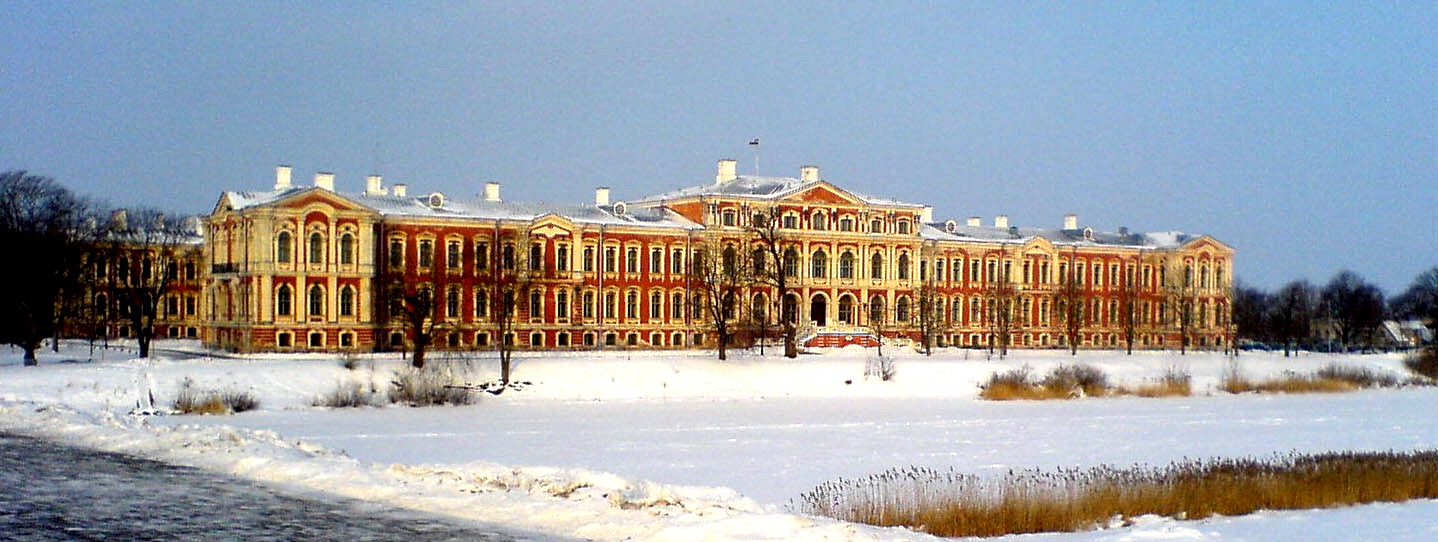|
Errancis Cemetery
Errancis Cemetery or ''Cimetière des Errancis'' is a former cemetery in the 8th arrondissement of Paris and was one of the cemeteries (the others being Madeleine Cemetery, Picpus Cemetery, Chapelle expiatoire and the Cemetery of Saint Margaret) used to dispose of the corpses of guillotine victims during the French Revolution. History and location Errancis Cemetery opened on March 5, 1793, and was closed on April 23, 1797. On the site there are now apartments. The cemetery was located between the current Boulevard de Courcelles, Rue de Rocher, Rue de Monceau and Rue de Miromesnil, at that time a plot running along '' le mur des Fermiers-Généraux''. During the French Revolution The cemetery was used for the bodies of victims of the guillotine after the Madeleine Cemetery was closed. It was used for this purpose between March 25, 1793, until the end of May 1795. The memorial plaque, located on Rue de Monceau between number 97 and the corner with Rue de Rocher, states that 1 ... [...More Info...] [...Related Items...] OR: [Wikipedia] [Google] [Baidu] |
Lucile Duplessis
Anne-Lucile-Philippe Desmoulins, born Laridon-Duplessis (18 January 1770 in Paris – 13 April 1794) was a French revolutionary, diarist, and author during the French Revolution. She was married to the revolutionary Camille Desmoulins. She was executed eight days after Camille Desmoulins and Georges Danton, accused of conspiring to free her husband and involvement in counter-revolutionary activities. Life and Writings Lucile Duplessis Desmoulins was born in Paris in 1770, the daughter of Claude-Etienne Laridon-Duplessis, an official of the French Treasury, and Anne-Françoise-Marc Bosdeveix (who went by "Annette"). She had one sister, Adèle Duplessis, born in 1774, who some sources have claimed was briefly engaged to Maximilien Robespierre. Lucile spent her childhood and young adulthood in Paris and on her family's farm in Bourg-la-Reine. She kept several diaries, beginning in 1788. She also authored numerous poems, prose works, and short stories, none of which were publish ... [...More Info...] [...Related Items...] OR: [Wikipedia] [Google] [Baidu] |
Gilbert Romme
Charles-Gilbert Romme (26 March 1750 – 17 June 1795) was a French politician and mathematician who developed the French Republican Calendar. Biography Charles Gilbert Romme was born in Riom, Puy-de-Dôme, in the Auvergne region of France, where he received an education in medicine and mathematics. After spending five years in Paris, he went to Russia to become the tutor of Pavel Alexandrovich Stroganov. He returned to Paris in 1788 and entered political life. He was a member of the Masonic lodge, Les Neuf Sœurs. Elected on 10 September 1791 to the Legislative Assembly, Romme aligned himself with the Girondists, but after his election to the National Convention on 6 September 1792, he sided with the Montagnards. He voted in favour of the death sentence for Louis XVI. Later, in the events leading up to the Reign of Terror, he was arrested by Girondist supporters and was imprisoned in Caen for two months. During his tenure in National Convention, Romme served in the ('' ... [...More Info...] [...Related Items...] OR: [Wikipedia] [Google] [Baidu] |
Antoine Simon
Antoine Simon (1736 – 28 July 1794) was a shoemaker at Rue des Cordeliers in Paris and a member of the Club of the Cordeliers, representative of the Paris Commune. He was born in Troyes, France to François Simon and Marie-Jeanne Adenet. On 3 July 1793, Simon was designated to watch over Louis XVII at the Temple. On 19 January 1794, Simon was removed from his position and left the Temple in company of his wife. On 28 July 1794, Simon was among the 21 to be sent to the guillotine together with Maximilien Robespierre at the ''Place de la Révolution'', today's ''Place de la Concorde'', in Paris, in an execution which marked the end of the Terror. He was buried in the Errancis Cemetery, a common place of interment for those executed during the Revolution. He married his first wife, Marie-Barbe Hoyau (widow Munster), in November 1766. She died at the Hôtel-Dieu on 11 March 1782. Simon remarried Marie-Jeanne Aladame on 20 May 1788, in the parish of Saint-Côme-Saint-Damien. M ... [...More Info...] [...Related Items...] OR: [Wikipedia] [Google] [Baidu] |
Georges Couthon
Georges Auguste Couthon (, 22 December 1755 – 28 July 1794) was a French politician and lawyer known for his service as a deputy in the Legislative Assembly during the French Revolution. Couthon was elected to the Committee of Public Safety on 30 May 1793. Along with his close associate Louis Antoine de Saint-Just and Maximilien Robespierre, he formed an unofficial triumvirate within the committee which wielded power during the Reign of Terror until the three were arrested and executed in 1794 during the Thermidorian Reaction. A Freemason, Couthon played an important role in the development of the Law of 22 Prairial, which was responsible for a sharp increase in the number of executions of accused counter-revolutionaries. Background Couthon was born on 22 December 1755 in Orcet in the province of Auvergne. His father was a notary, and his mother was the daughter of a shopkeeper. Couthon, like generations of his family before him, was a member of the lower bourgeoisie. Fol ... [...More Info...] [...Related Items...] OR: [Wikipedia] [Google] [Baidu] |
Louis Antoine De Saint-Just
Louis Antoine Léon de Saint-Just (; 25 August 176710 Thermidor, Year II [28 July 1794]), sometimes nicknamed the Archangel of Terror, was a French revolutionary, political philosopher, member and president of the National Convention, French National Convention, a Jacobin club leader, and a major figure of the French Revolution. The youngest person elected to the National Convention, he was a member of the The Mountain, Mountain faction and a steadfast supporter and close friend of Maximilien Robespierre, Robespierre. He was swept away in Robespierre's Fall of Maximilien Robespierre, downfall on 9 Thermidor, Year II. Renowned for his eloquence, he stood out for his uncompromising nature and inflexibility of his principles advocating equality and virtue, as well as for the effectiveness of his missions during which he rectified the situation of the Army of the Rhine (1791–1795), Army of the Rhine and contributed to the Battle of Fleurus (1794), victory of the republican armie ... [...More Info...] [...Related Items...] OR: [Wikipedia] [Google] [Baidu] |
Maximilien Robespierre
Maximilien François Marie Isidore de Robespierre (; ; 6 May 1758 – 28 July 1794) was a French lawyer and statesman, widely recognised as one of the most influential and controversial figures of the French Revolution. Robespierre fervently campaigned for the voting rights of universal manhood suffrage, all men and their unimpeded admission to the National Guard (France), National Guard. Additionally, he advocated the right to petition, the right to bear arms in self-defence, and the abolition of the Atlantic slave trade. A radical Jacobin leader, Robespierre was elected as a deputy to the National Convention in September 1792, and in July 1793, he was appointed a member of the Committee of Public Safety. Robespierre faced growing disillusionment due in part to the politically motivated violence associated with him. Increasingly, members of the Convention turned against him, and accusations came to a head on 9 Thermidor. Robespierre was arrested and with around 90 othe ... [...More Info...] [...Related Items...] OR: [Wikipedia] [Google] [Baidu] |
François Hanriot
François Hanriot (; 2 December 1759 – 28 July 1794) was a French Sans-culotte leader, street orator, and commander of the National Guard during the French Revolution. He played a vital role in the Insurrection of 31 May – 2 June 1793 and subsequently the fall of the Girondins. On 27 July 1794 he tried to release Maximilien Robespierre, who was arrested by the Convention. He was executed on the next daytogether with Robespierre, Saint-Just and Couthonby the rules of the law of 22 Prairial, only verifying his identity at the trial. Life Early years François Hanriot was born in Nanterre, now a western suburb of Paris. His parents were servants (gardeners) to a former Treasurer of France, and came from Sormery in the Bourgogne. Between 1779 and 1783 he supposedly was a soldier in America serving under Lafayette, but there are no documents to prove that.Moreau, J. (2010) "François Hanriot, general-citizen", pp. 32–34. Nanterre: Société d'Histoire de Nanterre. Not ... [...More Info...] [...Related Items...] OR: [Wikipedia] [Google] [Baidu] |
Louis XVIII Of France
Louis XVIII (Louis Stanislas Xavier; 17 November 1755 – 16 September 1824), known as the Desired (), was King of France from 1814 to 1824, except for a brief interruption during the Hundred Days in 1815. Before his reign, he spent 23 years in exile from France beginning in 1791, during the French Revolution and the First French Empire. Until his accession to the throne of France, he held the title of Count of Provence as brother of King Louis XVI, the last king of the ''Ancien Régime''. On 21 September 1792, the National Convention abolished the monarchy and deposed Louis XVI, who was later executed by guillotine. When his young nephew Louis XVII died in prison in June 1795, the Count of Provence claimed the throne as Louis XVIII. Following the French Revolution and during the Napoleonic era, Louis XVIII lived in exile in Prussia, Great Britain, and Russia. When the Sixth Coalition first defeated Napoleon in 1814, Louis XVIII was placed in what he, and the French ... [...More Info...] [...Related Items...] OR: [Wikipedia] [Google] [Baidu] |
Louis XVI Of France
Louis XVI (Louis-Auguste; ; 23 August 1754 – 21 January 1793) was the last king of France before the fall of the monarchy during the French Revolution. The son of Louis, Dauphin of France (1729–1765), Louis, Dauphin of France (son and heir-apparent of Louis XV, King Louis XV), and Maria Josepha of Saxony, Dauphine of France, Maria Josepha of Saxony, Louis became the new Dauphin of France, Dauphin when his father died in 1765. In 1770, he married Marie Antoinette. He became King of France and Navarre on his grandfather's death on 10 May 1774, and reigned until the proclamation of the abolition of the monarchy, abolition of the monarchy on 21 September 1792. From 1791 onwards, he used the style of king of the French. The first part of Louis XVI's reign was marked by attempts to reform the French government in accordance with Enlightened absolutism, Enlightenment ideas. These included efforts to increase Edict of Versailles, tolerance toward non-Catholics as well as abolishing ... [...More Info...] [...Related Items...] OR: [Wikipedia] [Google] [Baidu] |
Princess Élisabeth Of France
Princess is a title used by a female member of a regnant monarch's family or by a female ruler of a principality. The male equivalent is a prince (from Latin ''princeps'', meaning principal citizen). Most often, the term has been used for the consort of a prince, or for the daughter of a monarch. A crown princess can be the heir apparent to the throne or the spouse of the heir apparent. Princess as a substantive title Some princesses are reigning monarchs of principalities. There have been fewer instances of reigning princesses than reigning princes, as most principalities excluded women from inheriting the throne. An example of a princess regnant is Constance of Antioch, princess regnant of Antioch in the 12th century. Since the president of France, an office for which women are eligible, is ''ex-officio'' a co-prince of Andorra, then Andorra could theoretically be jointly ruled by a princess. Princess as a courtesy title Descendants of monarchs For many centuries, the t ... [...More Info...] [...Related Items...] OR: [Wikipedia] [Google] [Baidu] |








